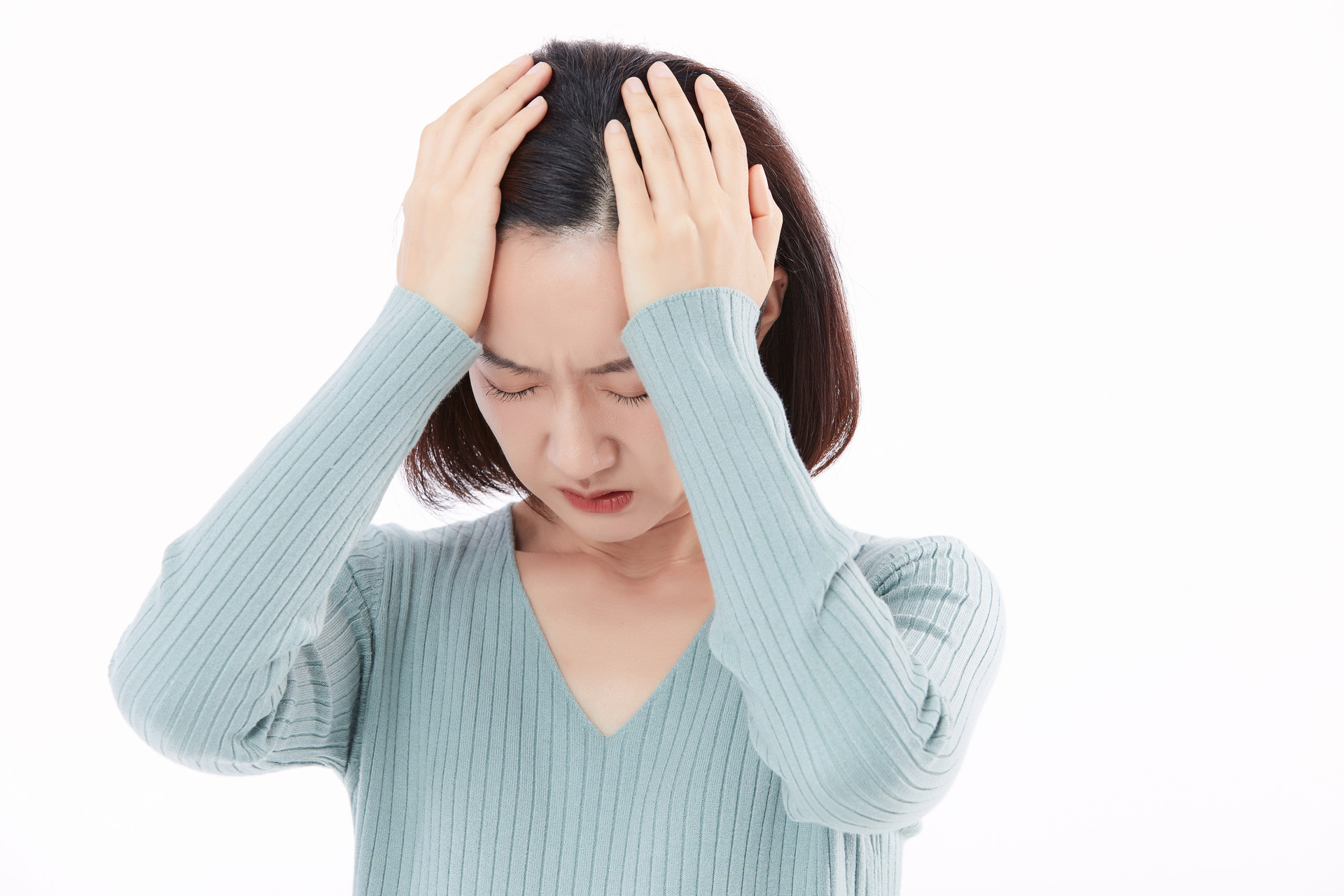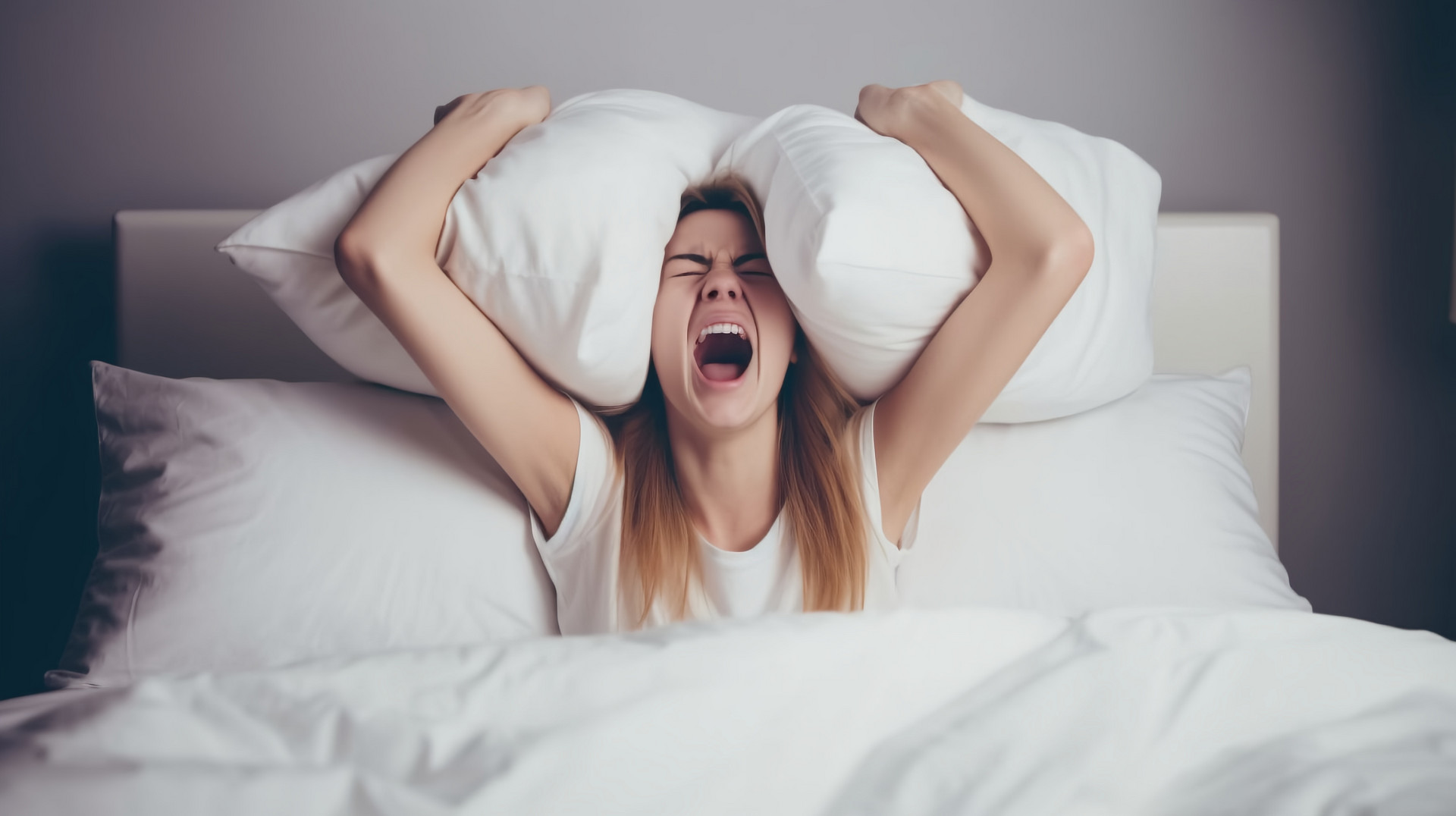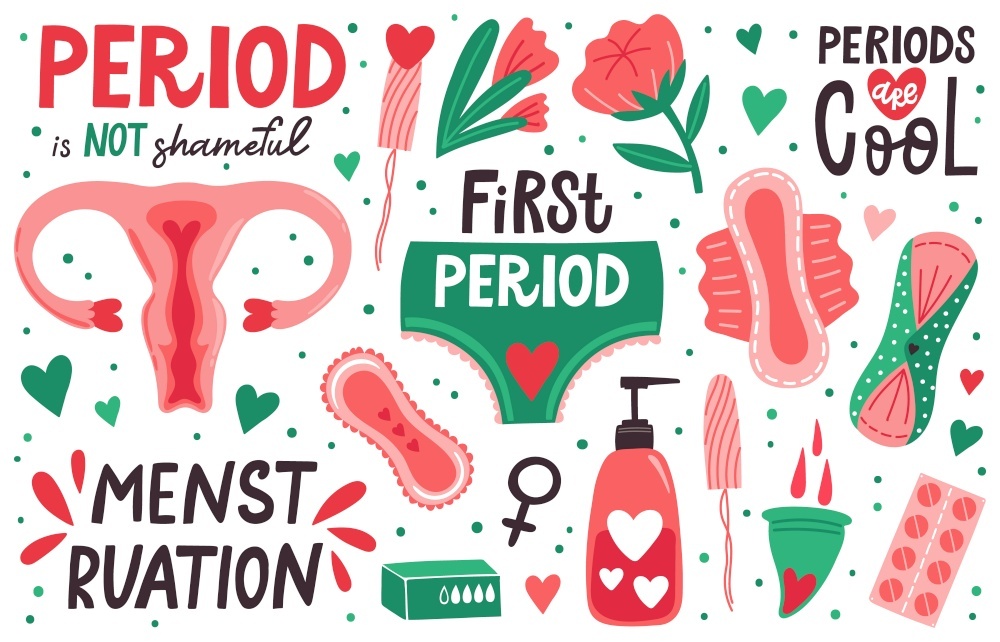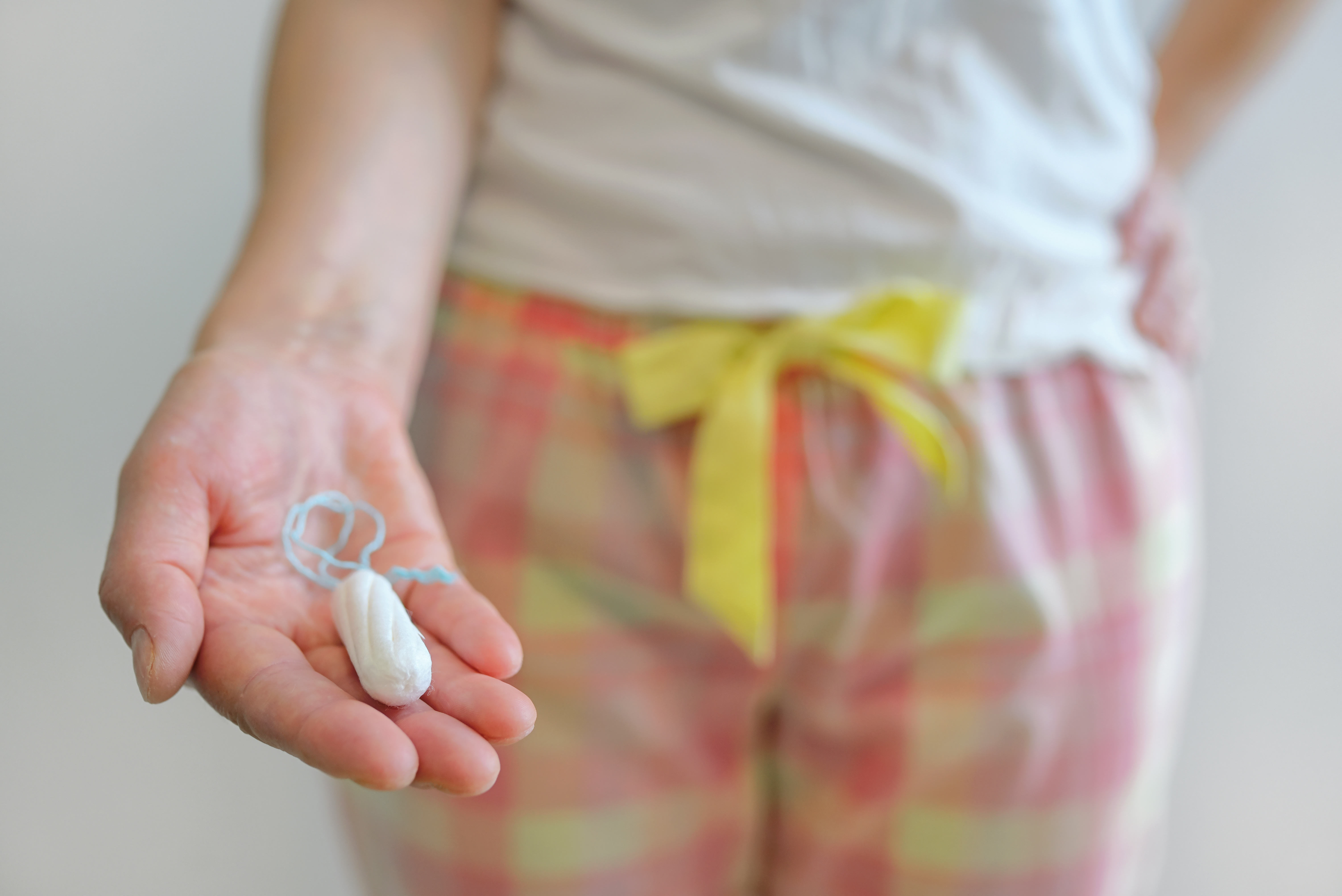Factors Affecting Women's Longevity
It is often said that women, as a whole, live longer than men because they face less life stress, have healthier lifestyles, and are better at handling their emotions. However, in this era where women are taking on traditionally male roles, women's longevity advantage is slowly disappearing. Why is this happening?
Increase in unhealthy lifestyles:
Data released by the National Institutes of Health in the United States shows that the proportion of women who drink alcohol has increased from 44% to 48%, while the proportion of men has decreased from 57% to 56%. The average number of days women consume alcohol per month has increased from 6.8 to 7.3, while men have decreased from 9.9 to 9.5 days. "Currently, the life expectancy of women in various countries is higher than that of men, but research shows that this gap has been narrowing in recent years; women's healthy years are also similar to or even lower than men's." Wang Peiyu, director of the Department of Social Medicine and Health Education at Peking University, said this means that women may have a longer period of illness in their later years. In recent years, women's "inadequacies" in various aspects have caused them to lose many health advantages.
1. Increase in smoking and drinking.
A survey conducted in 2014 on more than 80,000 people showed that the smoking rate among Chinese women increased from 2.3% to 3.3%. Some women consider smoking to be fashionable and even use it to suppress their appetite in the hope of losing weight. Compared to 20 years ago, women now have more opportunities to drink alcohol in various social situations. Some career women believe that drinking can help them succeed in business and make friends. Smoking and excessive alcohol consumption can harm multiple organs such as the liver and lungs, disrupt hormone balance, and even affect the next generation.
2. Unhealthy diet and lifestyle.
Data shows that the average weight of Chinese women today is 57 kilograms, an increase of 1.7 kilograms compared to 10 years ago. A report from 2011 showed that the proportion of Chinese women who exercise is lower than that of men, and they have no concept of fitness and only pursue being thin. The proportion of women who rely on "medication" for weight loss is eight times that of men. In the gym, most women choose "gentler" exercises such as brisk walking, yoga, and dancing, and very few engage in strength training. Overtime work, staying up late, and irregular meals are no longer exclusive to men. Many young women cannot or do not like to cook and live chaotic lives.
3. Decrease in exercise and housework.
Convenient transportation and sedentary jobs have significantly reduced the amount of physical activity for both men and women, but this is more evident among women because they are less likely to engage in fitness activities compared to men. The decrease in the amount of housework done by women has resulted in even less physical activity. A study in the UK found that compared to 35 years ago, modern women spend 20% less time doing housework. Doing housework can also be a form of exercise, such as carrying things to strengthen arm and wrist muscles, and squatting and stretching while sweeping and mopping can exercise the entire body. However, these activities have been replaced by domestic helpers and robotic floor cleaners.
Who is taking away their health advantages:
Experts point out that women have the protection of estrogen, and the risk of death from cardiovascular disease before menopause is lower than that of men. However, as life expectancy increases, it is inevitable that the gap in life expectancy between men and women will continue to shrink, and many factors have taken away women's health advantages.
1. Overwhelming stress.
Society treats men and women equally in the workplace, but women have special circumstances such as menstruation, pregnancy, and breastfeeding that require more care. Many women are responsible for half of the household chores, such as taking care of the house, the car, raising children, and supporting elderly relatives, which can be very stressful. While expressing emotions is usually a strength of women, many women in the workplace are cautious and hesitant to speak up, keeping their frustrations and grievances to themselves. Long-term mental stress is closely related to obesity, hormonal imbalance, and gynecological tumors in women.
2. Heavy family responsibilities.
While society allows men to be more hands-off in the household, the high expectations placed on women's family responsibilities have not decreased accordingly. Juggling work, helping children with schoolwork after work, doing household chores on weekends, and taking care of elderly relatives have become the daily reality for modern women, leaving them with little energy to manage their own health.
3. Emotional fluctuations.
Women are generally more sensitive, and coupled with the influence of their menstrual cycle, their emotions tend to fluctuate more. When negative emotions are difficult to resolve, they may resort to unhealthy coping mechanisms such as drinking, smoking, and binge eating, which can further damage their mental and physical well-being.












